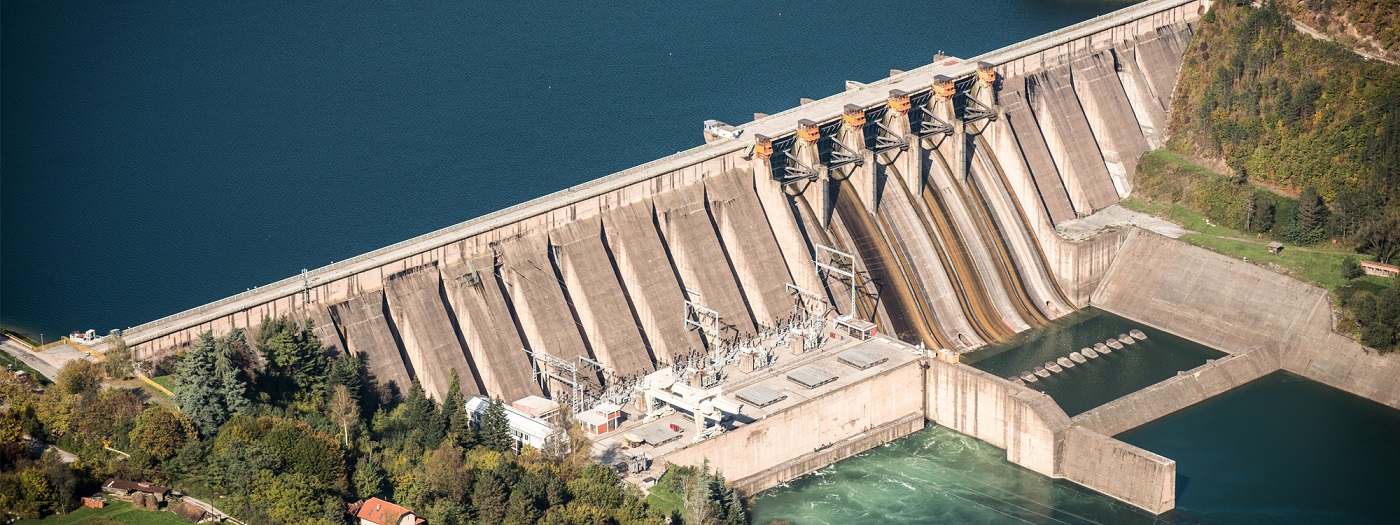
«I think it’s interesting figuring out where you want to sit in the field. You need to ask yourself; do you want to miss the opportunities presented by new technologies, or do you want to be an early adopter?»
Transforming how we capture and interpret data
Remote data capture is already embedded within the engineering community across the board and particularly within the hydro, dams and water sector.
We have moved from aerial photography and drones to LIDAR, 3D scanning and multiple forms of remote capture that capture a broad scope of data. Our teams focus on interrogating that data, and importantly, aim to capitalise on the depth and richness of that data in different ways. A great example of this is how we manage both the collection and interpretation of data from drones.
Whilst we have been using drones for a long time for project images and video, our requirements have advanced at a rapid pace. Now we are starting to use drones in confined spaces, inside a reservoir, inside a pipeline, inside manholes and pits and places where it’s dangerous to put people. Often there is significant cost and time involved and limitations in terms of how much data a person can collect in a certain amount of time.
The role of the engineer has shifted into driving how we use technology in a much more interactive way to increase the quality of data capture – including real time capabilities.
Back in the office we utilise smart automation to connect multiple data sources and analyse the results. The data interpretation is complex and operators still require a solid technical background to understand how to analyse the data.
Driving innovation through complex and in-depth data analytics
It is possible to capture large data sets from clients over several years of asset monitoring data. We utilise unguided analytics – finding patterns in the data without any technical preconceptions – to extract valuable insights and then leverage our technical experience to understand and apply those patterns.
In fact, this is a process we have used recently with Queensland Urban Utilities (QUU). We did some unguided analytics on the work order history from sewage pump station assets as part of the Enhanced Condition Assessment Program. The analytic plots revealed patterns and trends in the dataset which allowed QUU to make informed decisions about how to prioritise their maintenance efforts and future budgets and reduce the operational risk of assets (ie. which assets are causing the most outages/disruptions and then targeting them in future maintenance strategies). We were able to pull trends from the data results and confidently engage QUU with data driven recommendations to improve maintenance operations across their asset portfolio.
Increasing efficiencies through 3-D modelling and visualisations
We recently completed a 3D scanning project in the galleries of a wastewater treatment plant for South Australia Water. Again this was in areas where it was difficult to access by conventional means. The team produced a 3D model of the galleries which we used as an important resource for the design of key remediation works.
SMEC has some high quality front end capability in the 3D/BIM realm and when it comes to digital strategy we’re always thinking about where we need to be in a few years.
As a business, we’re recommending to clients that we use 3D BIM and if it’s a 50-50 call on what we can do, then we push to develop 3D intelligent models.
In addition to producing 3D design, SMEC has championed virtual and augmented reality (VR/AR) in the built environment and our work on streamlining Hoddle St is an excellent example. For other projects both in civil engineering and water infrastructure, like the iconic Snowy 2.0 project, we’ve utilised VR construction visualisation. Additionally, we have transformed the design into an animated construction sequence where we can start to see how the project will actually be constructed.
As we celebrate National Water Week and acknowledge one of our greatest natural resources, it’s also a great time to reflect on how far with have come with integrating digital approaches and technology to assist with driving efficiencies and innovation.
Technology’s Role in Water Security
A recent op-ed article in Create magazine written by my colleague, Jonathan Kent, outlines how Australia is increasingly adopting dams and engineered water storage. He describes how other more high-tech and expensive technologies such as desalination have been installed to provide increased water security to major urban areas. I agree that providing water security to the direst and most in-need areas is the most challenging issue to overcome.
SMEC is already providing its expertise to begin to address the issue. We are working with Water NSW on the implementation of the Wentworth to Broken Hill Water Supply Project. The project will provide greater water security to regional New South Wales.
Leading innovation across the board
In line with more challenging external environments, our clients and partners are increasingly placing a high value on innovation. From an organisational level, SMEC has embedded a culture of innovation including our internal innovation grants program. The program gives our employees an opportunity to pitch and refine their ideas for innovation, with the chance to secure funding to develop those ideas. Our focus is on identifying and capitalising on innovation as quickly as possible and as it becomes available to us.
SMEC also has a team of leaders who are looking ahead at emerging technologies and new methodologies, and studying what we can apply to benefit our clients.
As we celebrate National Water Week and acknowledge one of our greatest natural resources, it’s also a great time to reflect on how far with have come with integrating digital approaches and technology to assist with driving efficiencies and innovation.
SMEC’s commitment to smart technologies within the water sector aligns with our broader interest in renewables and sustainability. Our designs positively impact the built environment and help to shape a better future for all.
In fact, SMEC is now the leading provider of project development, detailed design and engineering services for large-scale solar farms across Australia.
SMEC was also Design Lead on the Sydney Metro Northwest surface and viaduct civil works (SMNW-SVC) project, which has been consistently recognised for innovation and sustainability. In 2015 the project won a Leading Design IS rating from the Infrastructure Sustainability Council of Australia for the most environment-friendly project design. In 2017 the project was recognised with a “Leading” As Built IS rating – the highest possible score for sustainability. And this month, the project won 2018 Project of the Year and the 2018 Global Best Rail Project from Engineering News-Record (ENR), who described its design as ‘elegant, innovative and sustainable’.
Related
insights
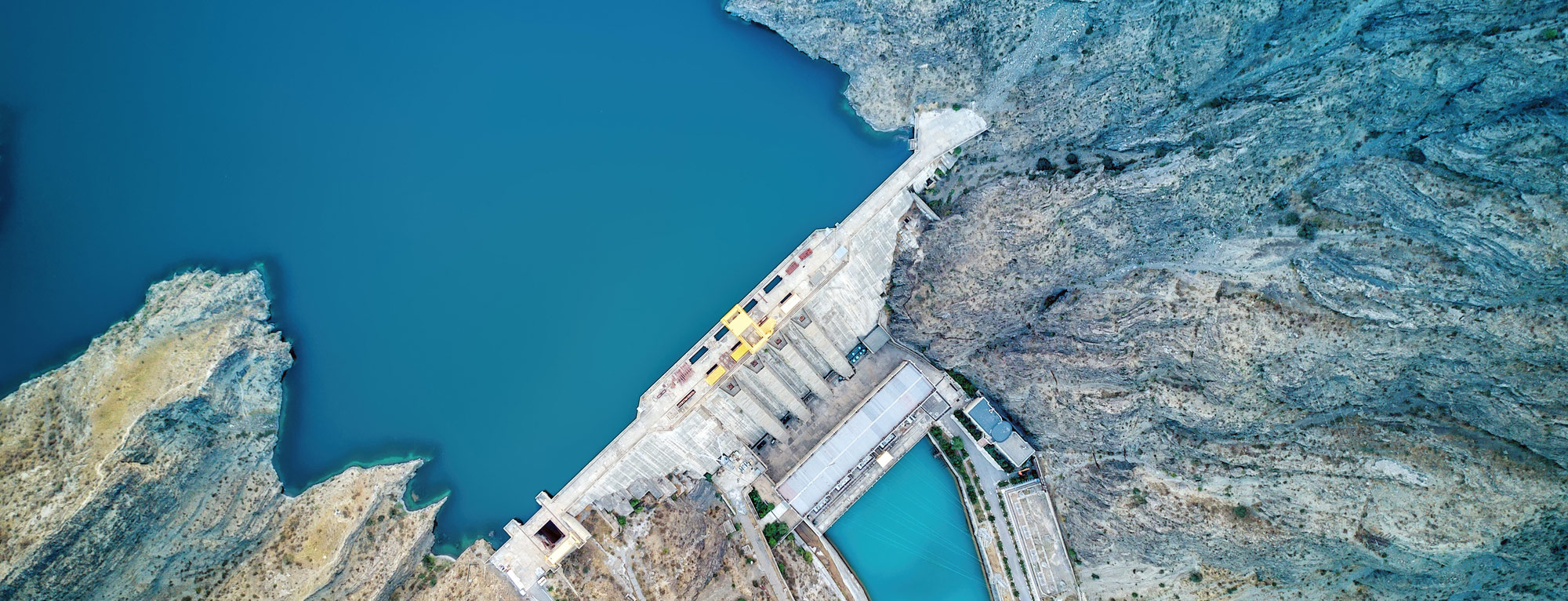 70 Years Forward: Water and hydropower
70 Years Forward: Water and hydropower
"The water and hydropower sectors have changed dramatically since our origins on the iconic Snowy Mountains Hydro Scheme 70 years ago in 1949, one of the largest and most complex hydroelectric schemes in the world. While technology has advanced rapidly, water is and will continue to be an essential and ever scarcer global resource."
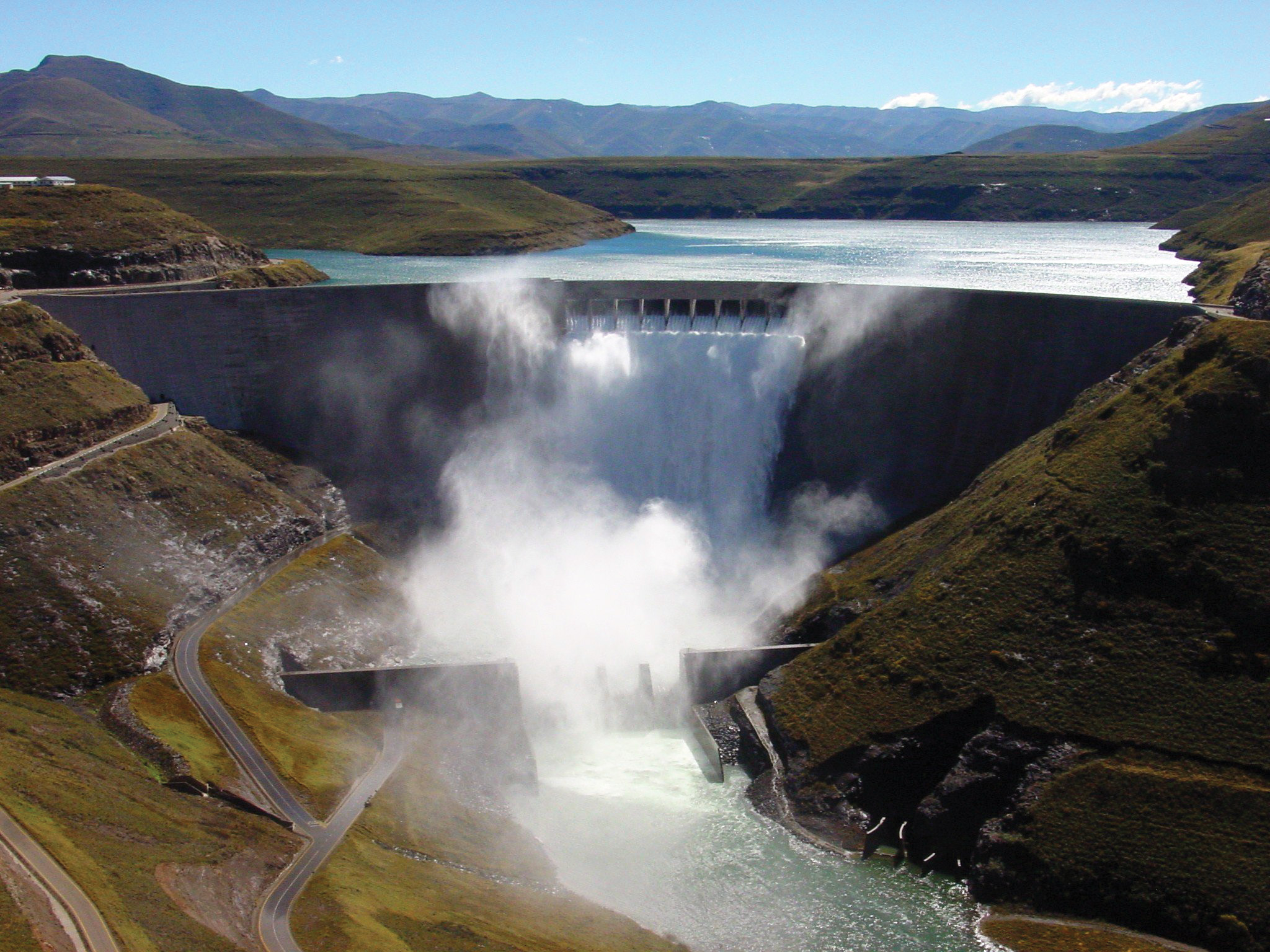 Engineering achievement of the century: Lesotho Highlands Water Project
Engineering achievement of the century: Lesotho Highlands Water Project
“This project has been the dream of engineers since the 1940’s... It will be a fundamental chain link in the continued growth of both Lesotho and South Africa, and in particular the industrial heartland of Gauteng.”
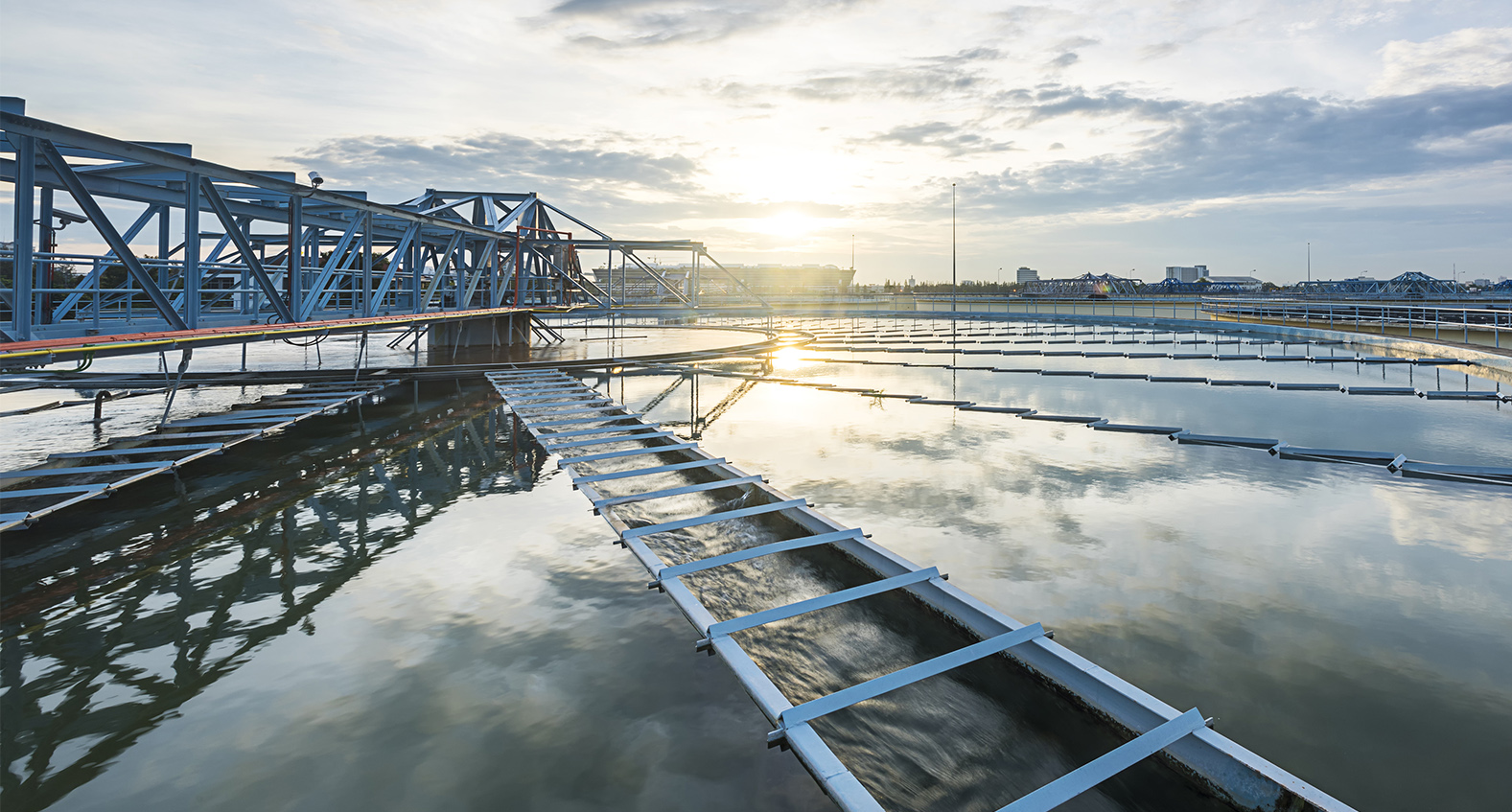 A circular economy for water: water demand and fit for purpose supply
A circular economy for water: water demand and fit for purpose supply
Australia, and the world, is increasingly seeing the effect of climate change on our water supply and security. Scarcity and drought are becoming more prevalent, placing pressure on the current water supply network, and communities are expecting better solutions. As we mark National Water Week in Australia and prepare for summer, it is time to discuss how we best utilise our existing water supplies and create a more resilient future.
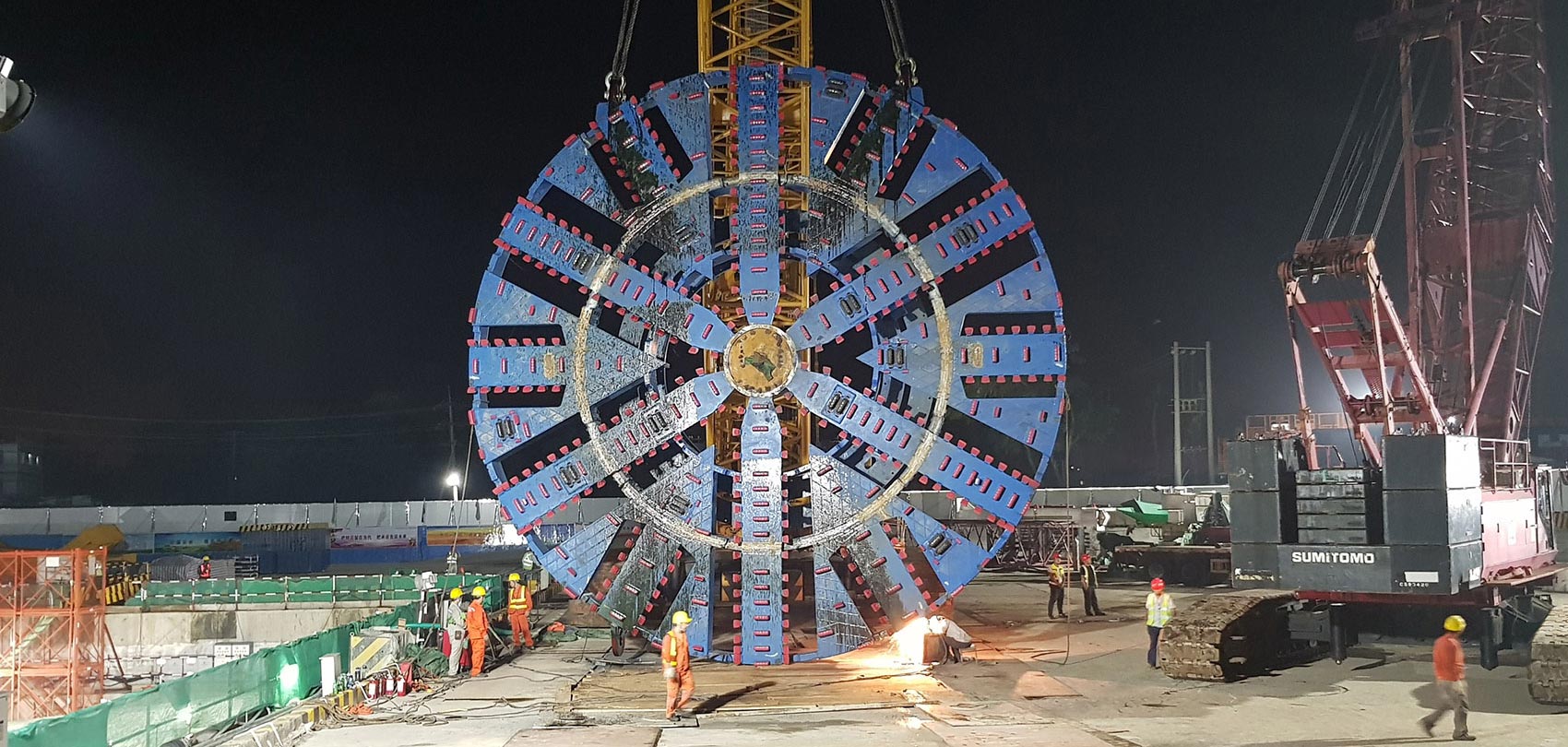 Breaking new ground on Bangladesh’s first underwater tunnel
Breaking new ground on Bangladesh’s first underwater tunnel
Bangladesh is a country of rivers. The Karnaphuli River services the city of Chattogram (formerly called Chittagong), the largest sea port of Bangladesh. With the rapid development of southeast Bangladesh, especially in the regions south of Chattogram, the two existing bridges over the Karnaphuli River are inadequate to accommodate the increase in traffic. With a population of over six million, the heavily congested city of Chattogram is closely surrounded on the east by the Chittagong Hill Tracts and the west by the Bay of Bengal, making an additional bridge type crossing of the Karnaphuli River unviable.




